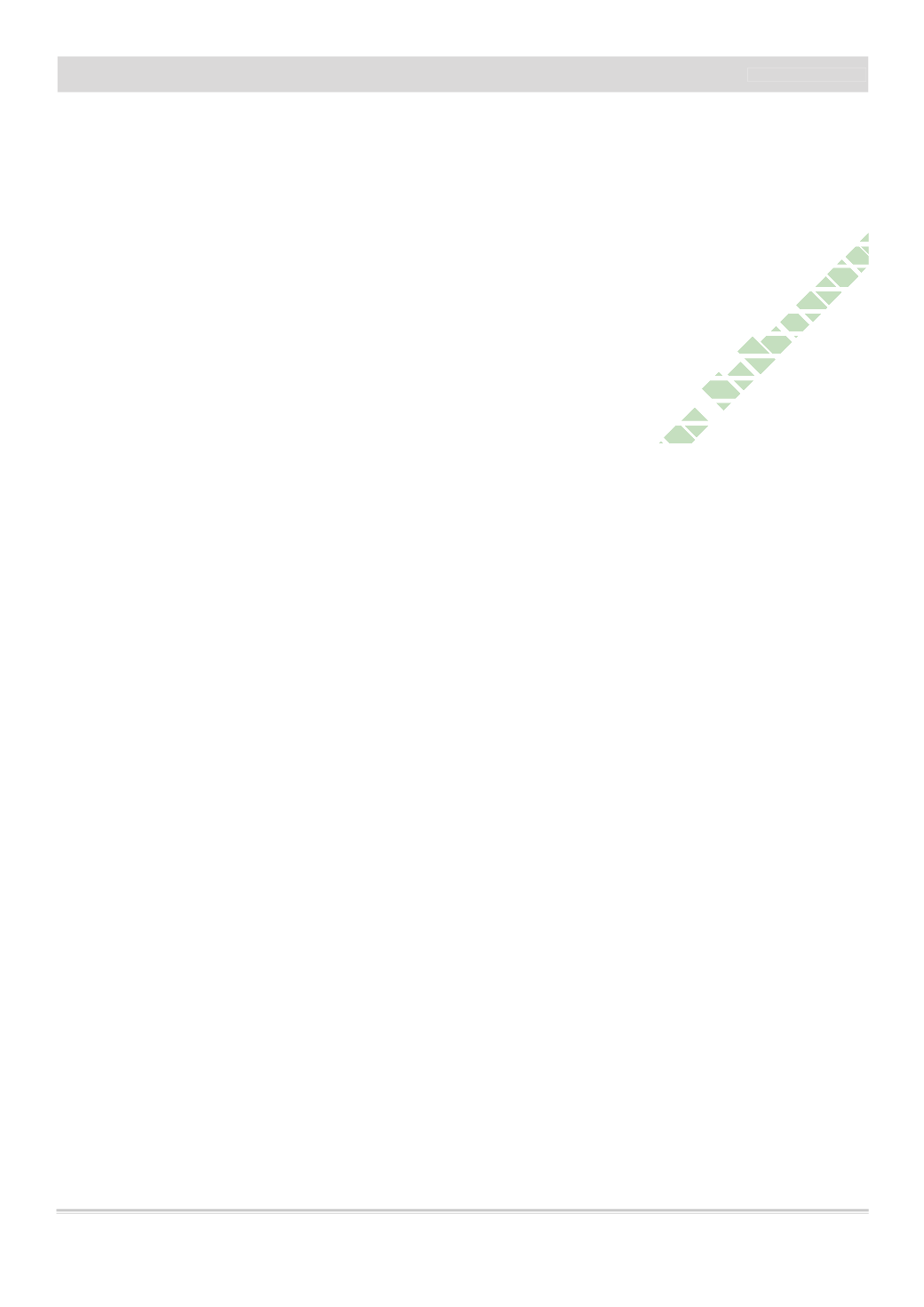

Молочнохозяйственный вестник, №4 (24), IV кв. 2016
225
рефераты
water originates from the milking parlors and depends on the number of dairy cows
and milkings as well as the milking parlor area, which, in its turn, is up to the milking
installation type. One of the ways to reduce the waste water amount is to optimize the
technological and layout solutions when designing both barns and milking parlours. To
analyze the effect of barn layout solutions on the total volume of manure-containing
waste water from the milking parlours six options of dairy cattle housing have been
examined at a dairy farm for 1200 milking cows with loose and cubicle housing and
milking by “Karusel`” type installation. When the dairy herd was housed in two six-row
cow barns for 600 head each (16 sections for 75 head each), the wastewater output
was 15.83 m
3
/day. This is considered to be the most preferable option in terms of waste
water reduction. Owing to small size of the animal group the area of the pre-milking
pen has been the smallest. Moreover the minimal number of barns has an advantage
in absence of additional passages and, consequently, smaller total area to be cleaned.
In other options the amount of waste water has increased up to 12.5% (or 723 m
3
annually) depending upon the size of the technological groups and the barn layout
solutions.
Электронная Научная СельскоХозяйственная Библиотека









